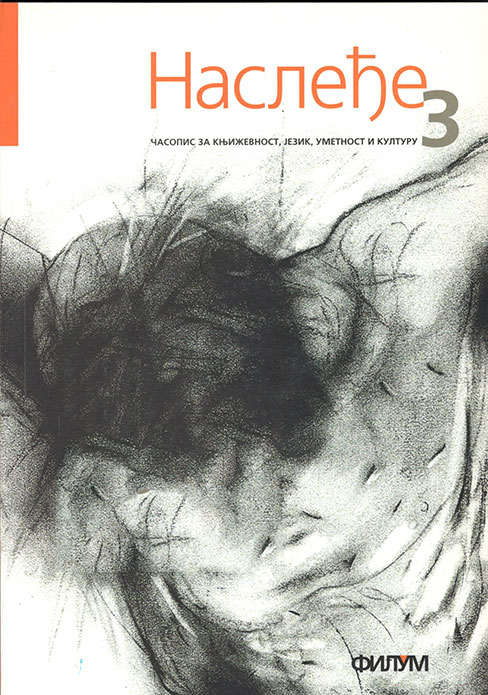ПОЈАМ ИНЕРЦИЈЕ СЛУХА
Keywords:
solfeggio, soundAbstract
Automatisms in solfeggio may produce two opposite results: the desired one (accurate), and, the undesired one (with a mistake, where automatism becomes an inertia of the musical hearing talent). Inertia of the hearing happens because of more-or-less unconscious estimation of what is likely to happen next in the musical flow, on the basis of information already available to the person, which is, on the basis of previous experience. Therefore, the hearing inertia is an effect
of stereotyped expectations, to be disappointed in the moment of confrontation with objectively different visual or auditive stimulus (a note in the text on paper, or, a sound).
The probability of this inertia appearing (or not) depends largely on the characteristics of the musical content itself: the most dangerous cases are those where, at first glance or beginning of listening, everything seems predictable. On the other hand, general and individual auditive models (amongst which we found regression to DO and regression to the 1st level), that may dominate in the fund of musical impressions, and also the inattentiveness, are the ideal substrate for the onset of hearing inertia.
For the phenomenon described in this text, the most important amongst the various gestalt laws of perception, are the law of least action and the law of continuity. An opposite from hearing inertia is the tonal alertness that we are constantly striving to achieve in the process of developing and guiding the musical hearing.
References
– Огњеновић, Предраг, Психологија опажања, Научна књига, Београд, 1992.
– Островский, Арон Лъвович, Очерки по методике теории музыки и солъфеджио, Музгиз, Москва, 1954.
– Поповић, Боривоје, Интонација, Универзитет уметности, Београд, 1992.
– Ројко, Павел, Психолошке основе интонације и ритма, Музичка академија и Кроациа концерт, Загреб, 1982.
– Рот, др Никола, Општа психологија, Завод за уџбенике и наставна средства, Београд, 1981.






